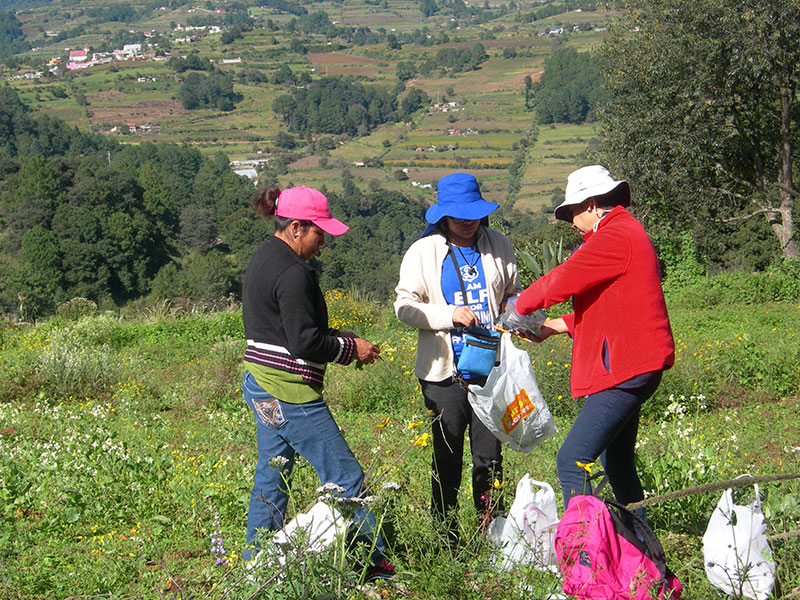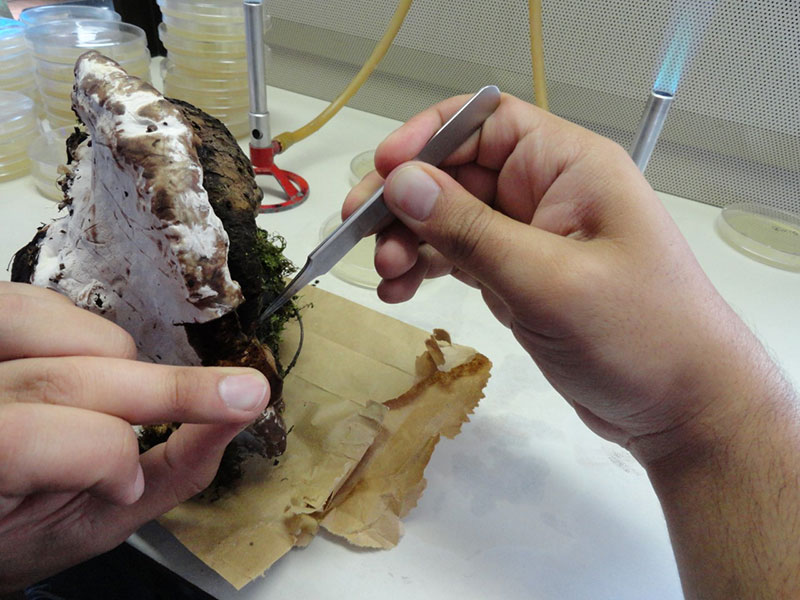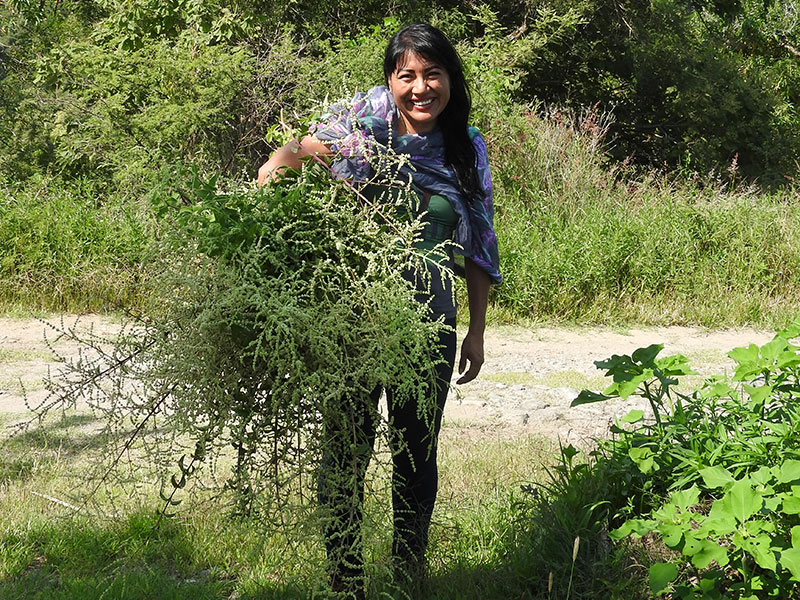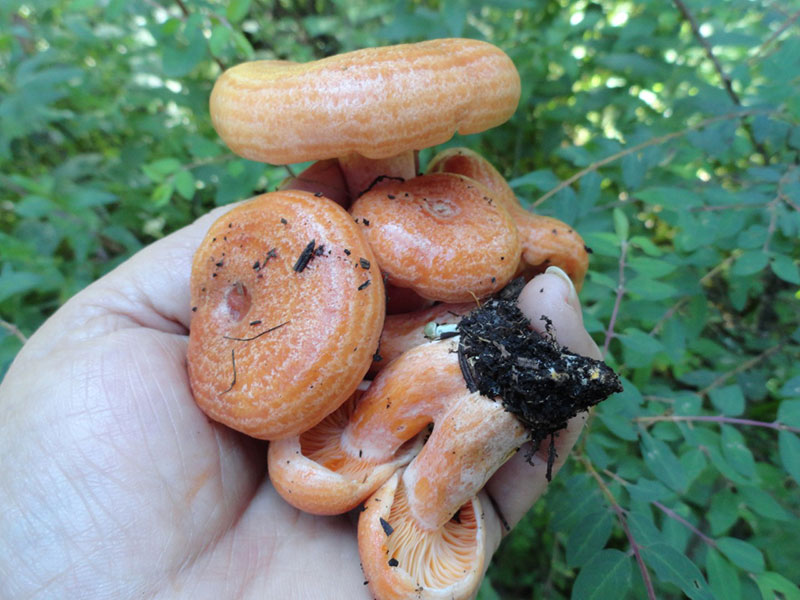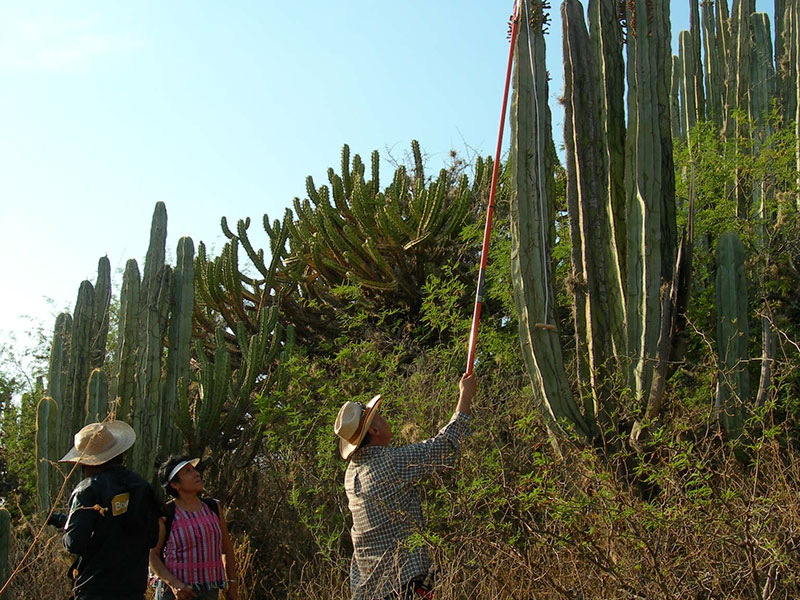
| Location within campus: | Building L-401, First Floor |
| Phone: | 55 56-23-13-78 |
| Head of Laboratory: | M. Sc. Ma. Edith López Villafranco Full Professor edithlov@iztacala.unam.mx |
| Researchers affiliated to the laboratory: | M. Sc. Irene Frutis Molina ifrutis@unam.mx M. Sc. María Patricia Jácquez Ríos pjacquez6@yahoo.com.mx M. Sc. Alin Nadyely Torres Díaz alintd.biol@gmail.com M. Sc. Gloria Garduño Solórzano ggs@servidor.unam.mx |
| Technicians affiliated to the laboratory: | M. Sc. María Elena Huidobro Salas huidobro@unam.mx |
| Research lines per researcher: | M. Sc. Irene Frutis Molina (Mycology: Taxonomy, cultivation of macromycetes, and ethnomicology). M. Sc. María Patricia Jácquez Ríos (Ethnobotany: Taxonomy of useful plants, medical ethnobotany). M. Sc. Alin Nadyely Torres Díaz (Ecology: Composition and ecology of plant communities and Economic valuation of ecosystem goods and services). M. Sc. Gloria Garduño Solórzano (Phycology: Taxonomy and ecology of marine and freshwater algae). M. Sc. María Elena Huidobro Salas (Bromeliaceae: Taxonomy and ecology of Epiphytic plants). M. Sc. Ma. Edith López Villafranco (Ethnobotany: useful flora, medical ethnobotany). |

Research is carried out related to each of the scientific collections (Algae, fungi, ferns, phanerogams and the ethnobotanical collection), which are protected in the IZTA Herbarium. Work related to floristic inventories, characterization of plant communities and their relationship or quantification of some of the ecosystem services they provide, as well as the economic valuation of some environmental assets. Studies in urban, rural and indigenous communities on aspects of the use and exploitation of plant resources and fungi, in different environments and to know how they influence the development of cultures.
Research is also carried out related to the mechanisms of wood degradation by fungi, among others. The Herbarium is an internationally recognized biology career support center (IZTA). Supports the training of young botanists; provides a consultation service for the different collections; the service of determination of planes, algae or fungi is granted; Communication with other herbariums in the country is done through loans, exchanges and donations of botanical specimens. Guided tours, workshops, courses and exhibitions are offered as dissemination activities.

López-Pérez, Y., Tejero-Díez, J. D., Torres-Díaz, A. N., & Luna-Vega, I. (2011). Flora del bosque mesófilo de montaña y vegetación adyacente en Avándaro, Valle de Bravo, Estado de México, México. Boletín de la Sociedad Botánica de México, (88), 35-53.
Tejero-Díez, J. D., Torres-Díaz, A. N., & Gual-Díaz, M. (2014). Licopodios y helechos en el bosque mesófilo de montaña de México. Gual-Díaz, M. y A. Rendón-Correa (comps.). Bosques mesófilos de montaña de México: diversidad, ecología y manejo. Comisión Nacional para el Conocimiento y Uso de la Biodiversidad. México, DF, México, 197-220.
Aguilar A., López M.E., Xolalpa S. (2016). Herbolaria: tratamientos populares y el personal de salud. En: Campos-Navarro R. (Ed.). Antropología médica e interculturalidad. Mc Graw Hill. México 29:403-409.
López Villafranco M.E.; A. Aguilar Contreras; S. Aguilar Rodriguez; S. Xolalpa Molina.(2017). Las Verbenaceae empleadas como recurso herbolario en México: Una revisión etnobotánica-médica. Polibotánica. 44: 195 – 216.
Loeza Torres, E., Frutis Molina I. 2019. Caracterización de la mata micelial de Scutellinia scutellata(L.:Fr.)Lamb. Polibotanica. Vol. 48:59-64

| Prospective Thesis Candidate Profile: | Students should have an inclination for botany, field sampling, and the systematic study of algae, fungi, ferns, gymnosperms, or angiosperms, which form the basis for the work being conducted. They should possess general knowledge of the group of interest and an appreciation for the various services that plants provide to indigenous, rural, and urban communities, in terms of their uses, management, and conservation. |
| Service Social Data: | General collection of vascular plants, Herbarium Izta – Key 2020-12 / 63-29. Activities a) Management and updating of databases, b) Assembly of botanical specimens, c) Updating of the systematics of some groups, d) Review of scientific names assigned to botanical specimens, e) Dissemination activities at local and regional events, talks and workshops. Macromycete study: a) Macromycete collection b) Isolation and determination, C) Strain characterization (Key pending). Useful flora of the State of Mexico and surrounding areas. 2020-12 / 63-5. a) Collection, b) Use of ethnobotanical techniques, c) Taxonomy of useful plants, d) Management of herbarium collections. Pharmacognosy of selected plants used in traditional Mexican medicine for the treatment of skin conditions – 2020-12 / 63-52. a) Determine the plant species used in the treatment of skin conditions, b) chemical composition and antioxidant, antibacterial, antifungal properties in dermatophyte microorganisms, c) Know the anatomical characteristics of the species to treat skin conditions, among others. |

